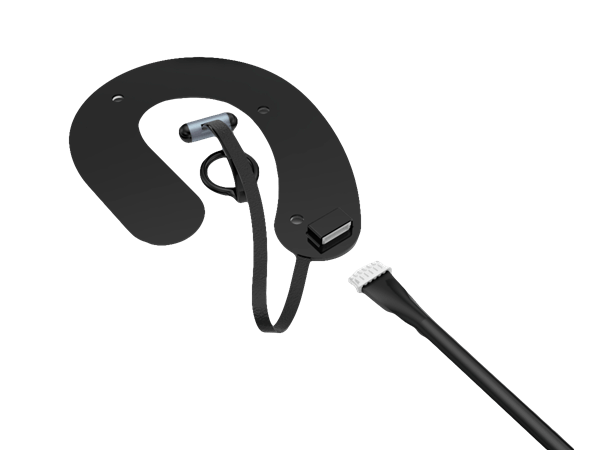According to the U.S. Department of Health and Human Services (HHS), the ongoing opioid epidemic in the U.S. is a public health emergency with devastating consequences. While the negative impact can be felt everywhere, one group is most vulnerable – children born to addicted mothers.
Drawing on the unwarranted challenges these newborns face, news of more effective and safer treatments is always welcome—enter the Roo Transcutaneous Auricular Neurostimulation (tAN).
Innocent Victims of the Opioid Epidemic
When a woman uses opioids during pregnancy, the baby is at risk of being born with neonatal opioid withdrawal syndrome (NOWS). This is a condition whereby the opioid-dependent newborn goes through withdrawal symptoms because he/she can no longer get the opioids from the mother’s system. Children born with NOWS undergo heartbreaking health problems such as jerky trembles, stiff limbs, fever, irritability, high-pitched crying, breathing problems, and even seizures.
The Issue with Existing Treatments for NOWS
The standard of care for these newborns typically involves admission to a neonatal intensive care unit (NICU)—whereby they’re dosed with morphine and gradually weaned off. This process aims to reduce the severity of withdrawal symptoms and ease the child’s suffering. However, successful weaning can take weeks, all the while the child must deal with the side effects of morphine. It’s like poisoning yourself to stay alive.
A Novel Treatment for the Innocent Victims of the Opioid Epidemic
With the prevalence of opioid abuse among pregnant women a concern, Spark Biomedical Inc. partnered with the Medical University of South Carolina (MUSC) to develop a new and better standard of care. The novel treatment comes in the form of a medical device known as Roo.
The device, which looks like a Bluetooth earpiece, delivers what is known as transcutaneous auricular stimulation (tAN) therapy. It helps wean the baby off morphine faster by stimulating the production of endorphins – hormones that reduce withdrawal by attaching to opioid receptors.
According to Bashar Badran from MUSC, “This neurostimulation is giving the brain a little bit of a boost of its own endogenous opioids to perhaps reduce the need for exogenous morphine, which has all these dangerous side effects when delivered for prolonged periods of time in this critical neurodevelopmental window.”
The Roo is actually similar to another adult-focused neurostimulation solution by the Texas-based manufacturer of medical devices. Spark Biomedical’s chief science officer, Navid Khodaparast, Ph.D., notes that “While we have seen success with tAN therapy in our adult opioid withdrawal clinical trial, we weren’t sure how this treatment approach would generalize to newborns with NOWS. Now that the trial is underway, the results are beyond our expectations and, most importantly, have improved the lives of the newborns and their families.”
All newborns enrolled in the clinical trial were successfully weaned from the morphine 11 days earlier than the national average. It will be interesting to see the direction and development of this alternative solution, and the positive effect it might have on the lives of opiod-addicted newborns.












